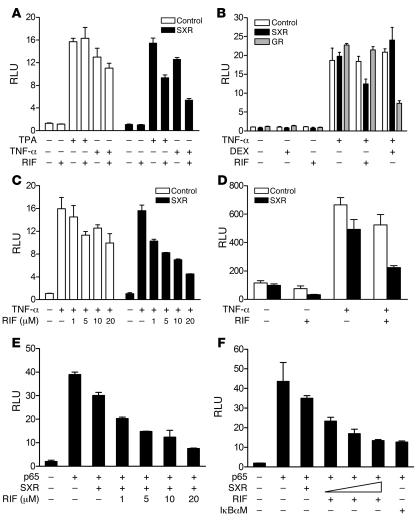Figure 2. RIF represses NF-κB–dependent transcription in an SXR-dependent manner.
(A) RIF represses TPA- and TNF-α–induced NF-κB–dependent transcription in the presence of SXR. (B) Repression of NF-κB by RIF is not mediated by GR but by SXR. (C) Dose-dependent inhibition of NF-κB activity by RIF in the presence of SXR. HepG2 cells were cotransfected with an NF-κB–dependent reporter plasmid (NF-κBx3–LUC) and either indicated expression plasmid or control DNA. Cells were cotreated with TPA (0.1 μM) or TNF-α (10 ng/ml) in the absence or presence of RIF (10 μM) or DEX (0.1 nM). (D) SXR antagonizes the action of NF-κB on the COX-2 promoter. Cells were transfected with COX-2 promoter (COX-2–LUC) along with SXR expression vector or control vector. Transfected cells were treated with DMSO or RIF (10 μM) and 10 ng/ml TNF-α. (E) Dose-dependent inhibition of p65 activity by RIF in the presence of SXR. HepG2 cells were transfected with NF-κB reporter along with the indicated vectors. Cells were treated with TPA (0.1 nM) or RIF at the indicated concentrations 24 hours before the assay. (F) HepG2 cells were transfected with increasing amounts of SXR at 0.5:1, 1:1, or 2:1 ratios with p65 expression vector. The mutant form IκBα (IκBαM) vector was used at 1:1 ratio with p65 expression vector. HepG2 cells were cotransfected with NF-κB reporter, p65 expression vector, and either control DNA or SXR expression vector. Cells were treated with RIF at 10 μM for 24 hours as indicated before the assay.

